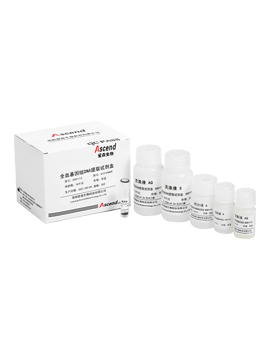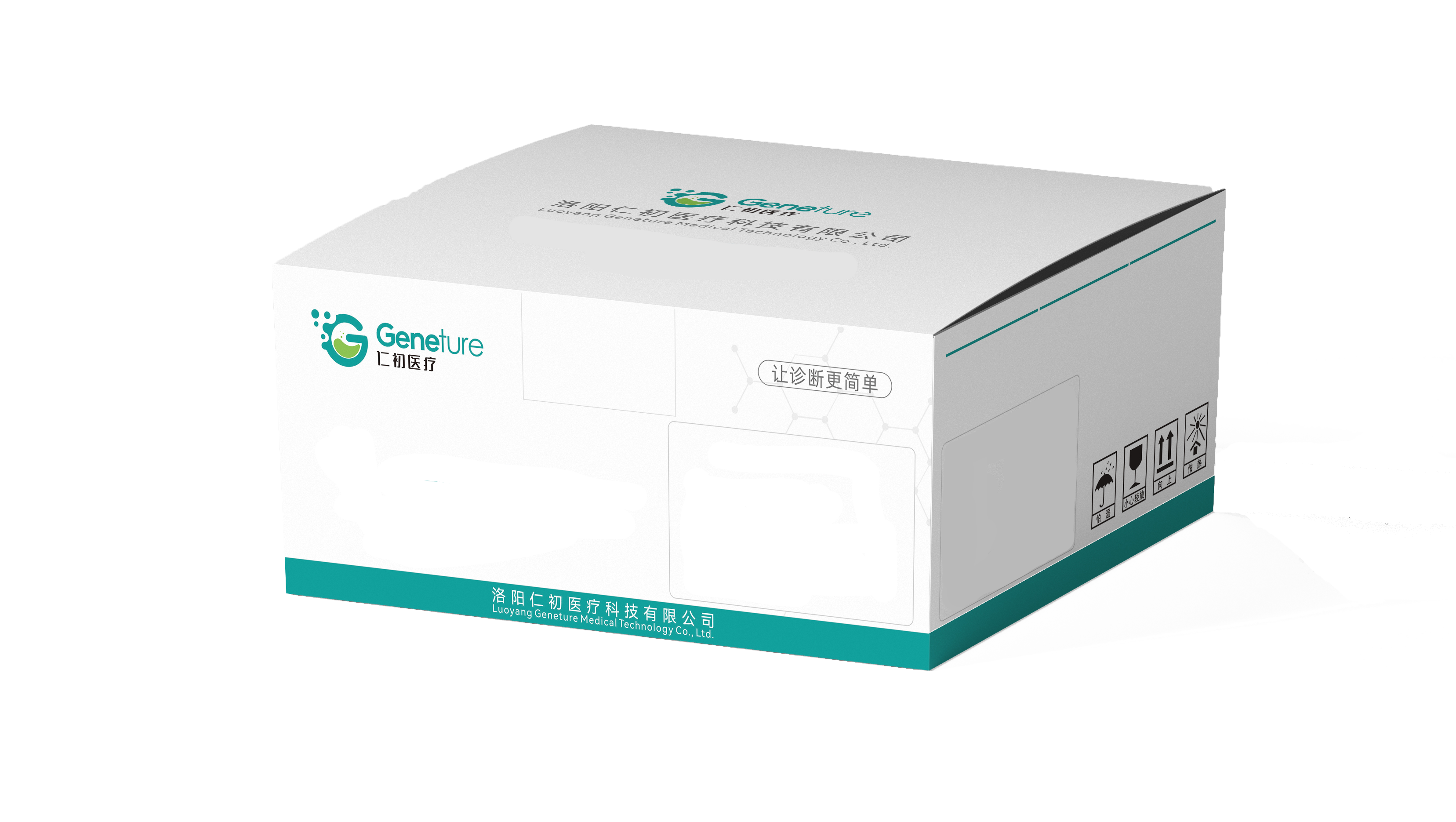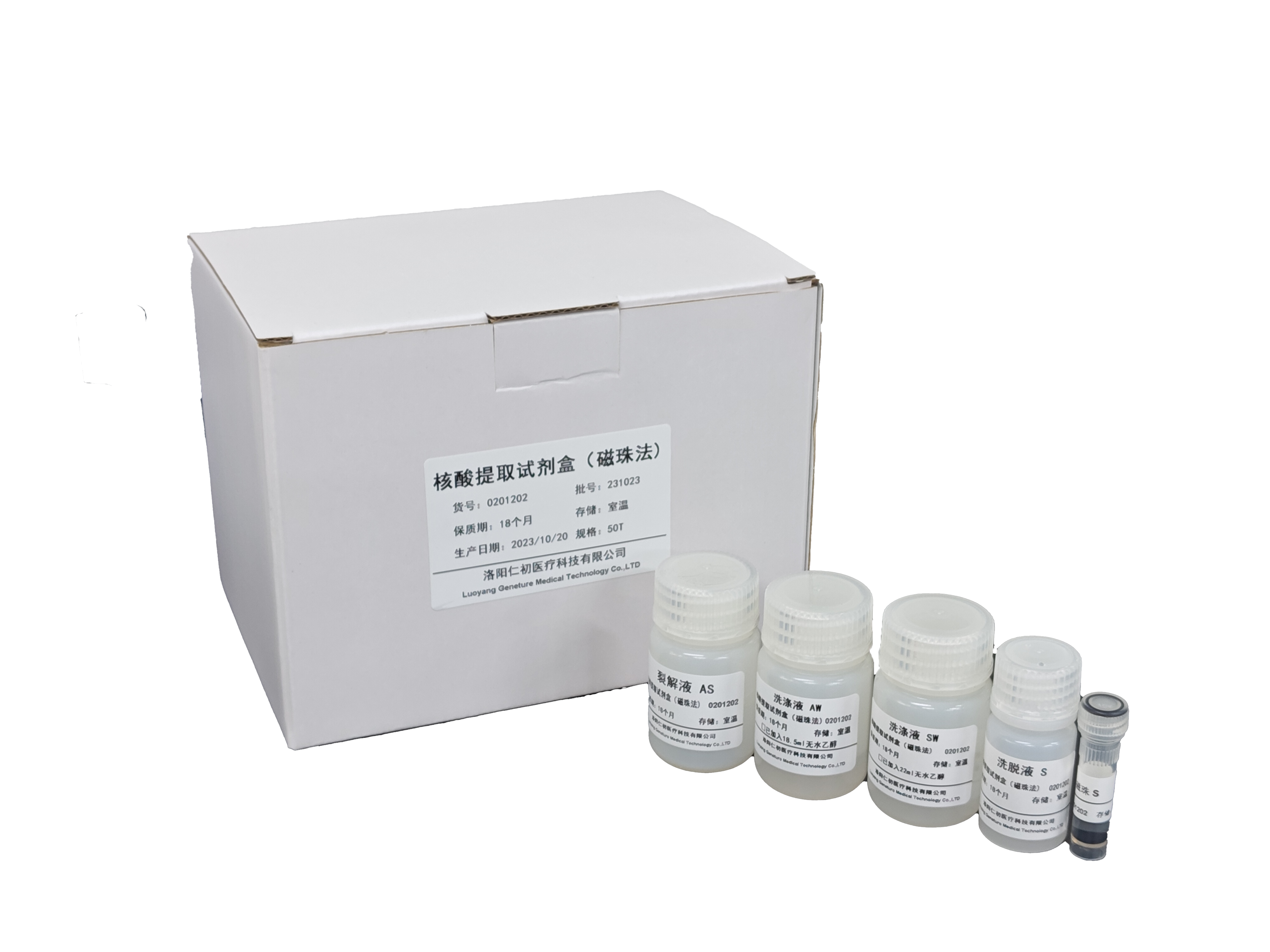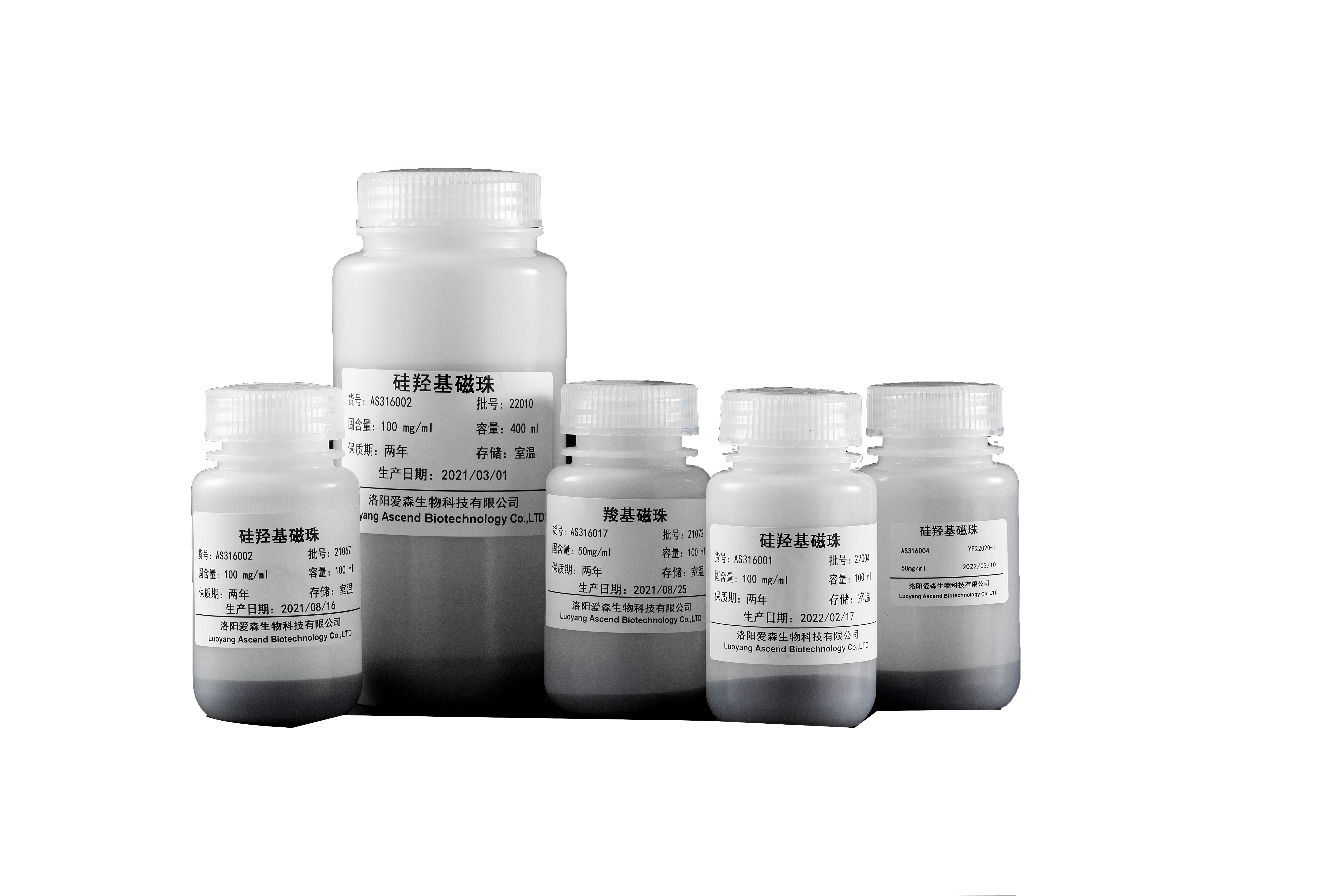What is the Magnetic bead-based nucleic acid extraction?
Magnetic bead-based nucleic acid extraction is a technique that utilizes superparamagnetic nanoparticles (magnetic beads) with functional groups (such as carboxyl groups, silanol groups) on their surfaces for solid-phase adsorption, thereby separating and purifying nucleic acids. This method does not require centrifugation or organic solvents (such as phenol/chloroform), is simple, safe, and environmentally friendly, and is easy to achieve automation and high-throughput processing. It is applicable to various sample types such as plasma, serum, swabs, tissues, FFPE, feces, urine, etc. The obtained nucleic acids can be directly used in downstream experiments, such as qPCR, sequencing, etc.
Nucleic Acid Extraction Kit(Magnetic Beads)-Whole Blood
SKU:0201046/0201047 Model:64T/36T
Learn More Get a QuoteNucleic Acid Extraction Kit(Magnetic Beads)-FFPE
SKU:0201273/0201274 Model:64T/36T
Learn More Get a QuoteNucleic Acid Extraction Kit(Magnetic Beads)-cfDNA
SKU:0201302 Model:20T
Learn More Get a QuoteNucleic Acid Extraction Kit(Manual Method)-Ex-DNA/RNA
SKU:0201512/0201501 Model:50T/64T
Learn More Get a QuoteProteinase K
Proteinase K (from Tritirachium album) is a non-specific protease of the serine protease family.
Learn More Get a QuoteNucleic Acid Extraction Basics
Extraction of DNA, RNA, or total nucleic acids from samples such as blood, cultured cells, microorganisms, or animal and plant tissue is critical to the success of many experiments. The purity and yield of extracted nucleic acids are critical to the performance of downstream applications such as PCR and sequencing.
During purification, all samples go through a common set of operations: cell lysis, clearing, nuclease inactivation, nucleic acid binding, washing and elution.
Optimization of extraction methods is critical to success, especially for challenging sample types and demanding downstream applications. Target nucleic acids should be purified and free of contaminants, including proteins, other cellular components, and unwanted nucleic acids.
Most DNA extraction methods purify DNA from other cellular materials by binding the DNA to a solid support such as silica or cellulose, purify the extracted DNA from contaminants by washing, and then elute the purified DNA to in water or buffer.





